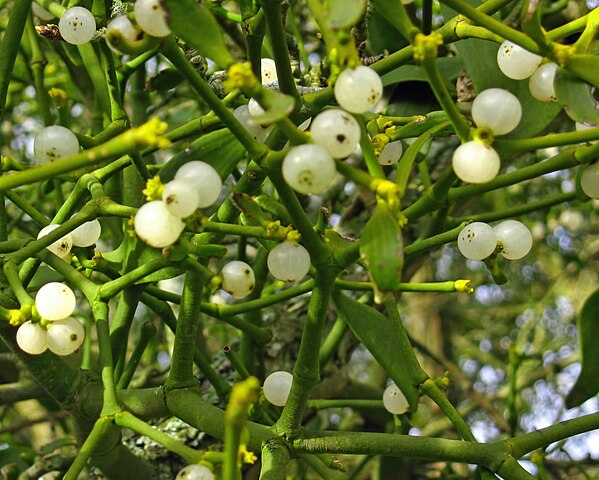
Nature’s Symbiotic Relationships
Symbiosis is defined by the interactions between two organisms of different species. The word originates from two Greek words meaning “with” and “living” and describes the relationship that may or may not be beneficial to both organisms. There are four main symbiotic relationships in nature: mutualism, commensalism, parasitism and competition.
Mutualism
In mutualism, both species benefit from the relationship. This could mean that they thrive better together (facultative mutualism) or could simply not survive without each other’s presence (obligate mutualism).
Perhaps the most well-known example of mutualistic symbiosis is the relationship between bees and flowers. In return for receiving sugar-sweet nectar, bees help to pollinate the plants which may have otherwise not been able to reproduce. This happens because the pollen sicks to the bees legs when they feed; some bees have even developed special structures on their legs called pollen baskets to help the process.
Commensalism
In commensalism, one species benefits while the other does not, but is not harmed in the process. This relationship normally takes place between a larger host organism and a smaller beneficiary organism who gains access to food, protection, transport or support.
An example here would be the relationship between barnacles and whales. Here, only the barnacles gain a benefit, where they are provided with free transport and gain access to nutrient rich waters. Some scientists believe that barnacle larvae have adapted their breeding period to match that of the whales, in order to increase the chances of finding a host.
Parasitism
In the symbiotic relationship of parasitism, derived from Latin meaning “one who eats at the table of another”, a parasitic organism lives off a host organism at the host’s expense. There are various types of parasitic relationship; parasites can live internally or externally and may or may not be completely dependent on their host.
Mistletoe is an example of a parasitic organism, developing specialised roots that penetrate a host plant to tap into its water and nutrient sources. While a tree can survive a small number of mistletoe plants, it will become weakened and may lose some of its branches. A larger infestation however, can lead to the host’s death, killing both tree and mistletoe. Apple, poplar and lime trees are the most susceptible to infestations, where mistletoe seeds are deposited on their branches through bird droppings.
Competition
Competition symbiosis covers the battle between organisms. It is different to the other symbiotic types as both the same (intraspecific competition) or different species (interspecific competition) can compete for the same resources. There are three main types of competition relationships: interference competition (direct competition), exploitative competition (indirect competition) and apparent competition (when two species are negatively impacted by a shared predator).
Black walnut trees exhibit interference competition, releasing a chemical called jugalone into the soil through fallen leaves, inhibiting competitor plants from growing nearby. In ocean reefs, coral and algae exhibit exploitative competition by competing for sunlight and space. If too much fast-growing algae is present, it can be detrimental to the slower growing coral. Apparent competition is demonstrated, for example, when the population of skinks (a small lizard similar to a gecko) decreases as a result of increased rabbit population. Both are preyed upon by ferrets; when the rabbit population increases, so does that of the ferret, which causes a decline in both prey species.